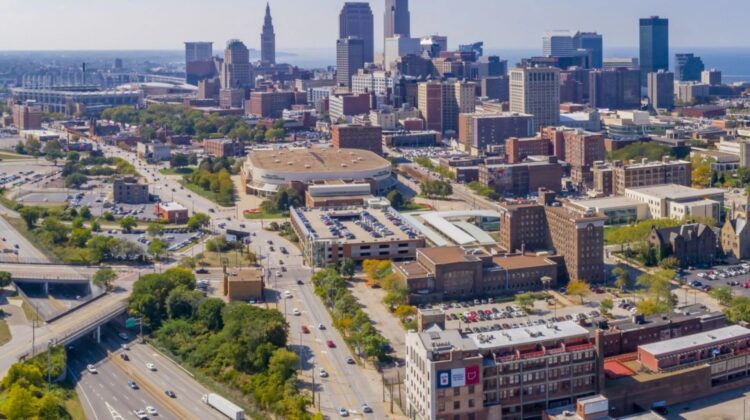
Cleveland, renowned for its picturesque tree canopy, is facing a looming crisis as one of its most essential assets—the trees themselves—rapidly diminish. In response to this pressing issue, new initiatives are taking root in “Forest City,” aiming to bolster climate resilience and address environmental justice concerns.
The lands surrounding Ohio’s second-largest city have long been synonymous with flourishing trees, harking back to the 19th century when French traveler Alexis de Tocqueville described the shores of Lake Erie as a “primeval forest.” However, recent decades have witnessed a steady decline in the city’s once-abundant trees.

Kristen Hall, executive director for the Cuyahoga Soil & Water Conservation District, underscores the multifaceted risks challenging the county’s trees, ranging from development pressures to the natural aging process. Disease and pests further compound the issue, and the looming specter of climate change, fueled by reliance on fossil fuels, raises concerns about invasive species wreaking havoc on the area’s greenery.
The importance of preserving Cleveland’s trees extends beyond mere aesthetics. Urban trees play a crucial role in mitigating rising temperatures by providing shade, while also sequestering carbon and combating planet-warming gases. The Nature Conservancy emphasizes that smarter tree management can significantly contribute to carbon storage, akin to removing millions of cars from the road.

Additionally, the mental health benefits of urban greenery cannot be overstated. Research by The Nature Conservancy reveals a correlation between time spent in nature, particularly among trees, and a reduction in conditions such as anxiety and depression.
To counter the dwindling tree population, Cleveland is proactively updating its Climate Action Plan, focusing on the preservation and restoration of the city’s arboreal wealth. The 2020 progress report outlines an ambitious goal of achieving up to a 30% tree canopy by 2040. This necessitates an annual planting initiative, aiming for the establishment of over 26,000 trees, coupled with the conservation of existing ones.

Crucially, these efforts must align with the principles of environmental justice. Cleveland Mayor Justin Bibb emphasizes the need to uplift Black and brown communities, ensuring they share in the economic opportunities arising from tree-related initiatives. As Bibb envisions, becoming the “Forest City” once again involves planting more trees across the city, an endeavor integral to Cleveland’s sustainable and equitable future.

Leave a Reply